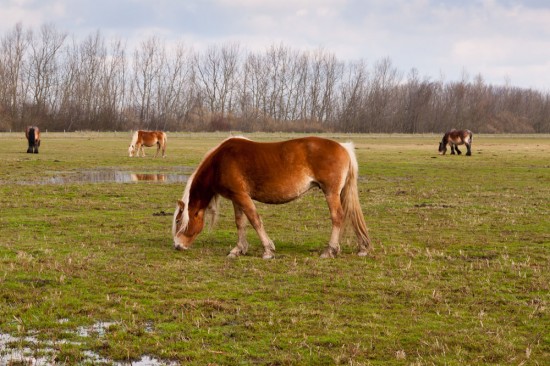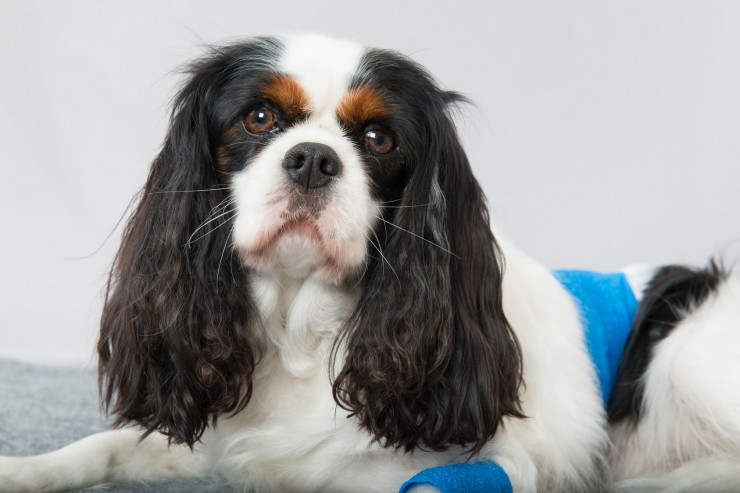
Should You Let your Pooch Sleep on your Bed?
Trainers believe that if you let your dog sleep in your bed, your dog will begin to view you as a pal not as a master for her to follow.
Here are some of the reasons why you should not let your dog sleep with you on your bed:
1.Small dogs might jump off the bed and be injured.
2.You might accidentally kick your dog or roll over the dog and injure her.
3.Your dogs might be awakened suddenly which can result to biting the people in the bed or someone approaching the bed.
4.Some dogs might try to rule the bed and make it his territory to guard. This can result in bites.
5.Dogs tend to wreck a lovely bed sheet, especially if they belong to a larger breed that tends to drool and snort.
6.There is a possibility for you to catch some dog disease.
If you want to let your dog sleep in your bed, the safest way is to train your dog first to sleep elsewhere and condition your dog to be deeply comfortable with human touch.
What to do if your Dog Whines and Wets at Night:
1.Before going to bed, play with her, give her water and let her relive herself. Then, put him to sleep for the night.
2.Try adding to his bed a chew, some safe toys. Pet and soothe your dog into a calm state while she is in her own bed, then, go to bed yourself.
3.If an older dog keeps hopping to your bed, take him down repeatedly to his own bed, petted, soothe and left alone.
4.If nothing works Try pulling your dog抯 bed next to yours where you can pet him to sleep
Eventually, as he begins to feel more secure, you should be able to gradually move your dog bed away from yours and to a more convenient place in the bedroom.
Your Dog抯 Space:
Puppies should have their own space, whether they are small lap dogs or large breed puppies. For dog behaviorists, they believe that puppies are better off confined as they feel more secure.
If you live in an apartment, creating a special place for your puppy can be pretty difficult because space is usually tight. In choosing a space, make sure that your her place is warm, not hot. When the dog is confined, make sure that she can see the outside.
Do not lock your new dog梟o matter what size or age梚nto a closed, tiny space, like a bathroom with a solid door, dingy basement. She will more likely howl with misery. Though dogs, especially puppies, like to feel secure, they don抰 like to be alone.
Regularly let your dog out of his space to explore, at his own pace. If he is hesitant, don抰 force her to come out.
Indoor Kennels:
If you have a home with open rooms that can抰 be blocked off and puppy proofed easily, a good option is an indoor exercise pen or kennel for your puppy. They create a room within a room for your dog. It is a great idea for homeowners who do not want to take a chance on a teething puppy.
Crates:
Crates can be good for dogs too. Your dog can rest calmly in a crate if she associates this for a place to sleep, and not a place to receive penalties. If she has a positive association with this, she will start going into it happily.
Try giving treats every time you put her into the crate and gently close the door. This will make it a pleasant experience for her.
Dog Bed:
You can buy beds, but considering how much puppies like to chew, a cardboard box is a good choice since it is light and can be moved form place to place.
However, if you really would like to get her a bed, take into consideration the temperature in your home as this makes a big difference, as does the dog's coat. If she has a short-coat and your house enjoys a cool atmosphere, she may prefer bedding with a warm texture, while if she lives in a warm house, she might need a bed that lets warmth escape the body. A long-coated dog may need a cool surface at all times.
Blanket-like surfaces tend to feel warmer, and bed-sheet-like surfaces tend to feel cooler.
 Winter Pasture Management
Winter Pasture Ma
Winter Pasture Management
Winter Pasture Ma
 Yorkiepoo, Yorkapoo, Yoodle ... A Unique Mixed Breed Dog
Yorkiepoo, Yorkap
Yorkiepoo, Yorkapoo, Yoodle ... A Unique Mixed Breed Dog
Yorkiepoo, Yorkap
 The Firetail Finch Family
The Firetail Finc
The Firetail Finch Family
The Firetail Finc
 Helping Your Dog To Recover More Quickly After Surgery
Helping Your Dog
Helping Your Dog To Recover More Quickly After Surgery
Helping Your Dog
 Points To Consider While Buying Dog Leads
Points To Consider While Buying Dog Leads
When
Points To Consider While Buying Dog Leads
Points To Consider While Buying Dog Leads
When
Copyright © 2005-2016 Pet Information All Rights Reserved
Contact us: www162date@outlook.com